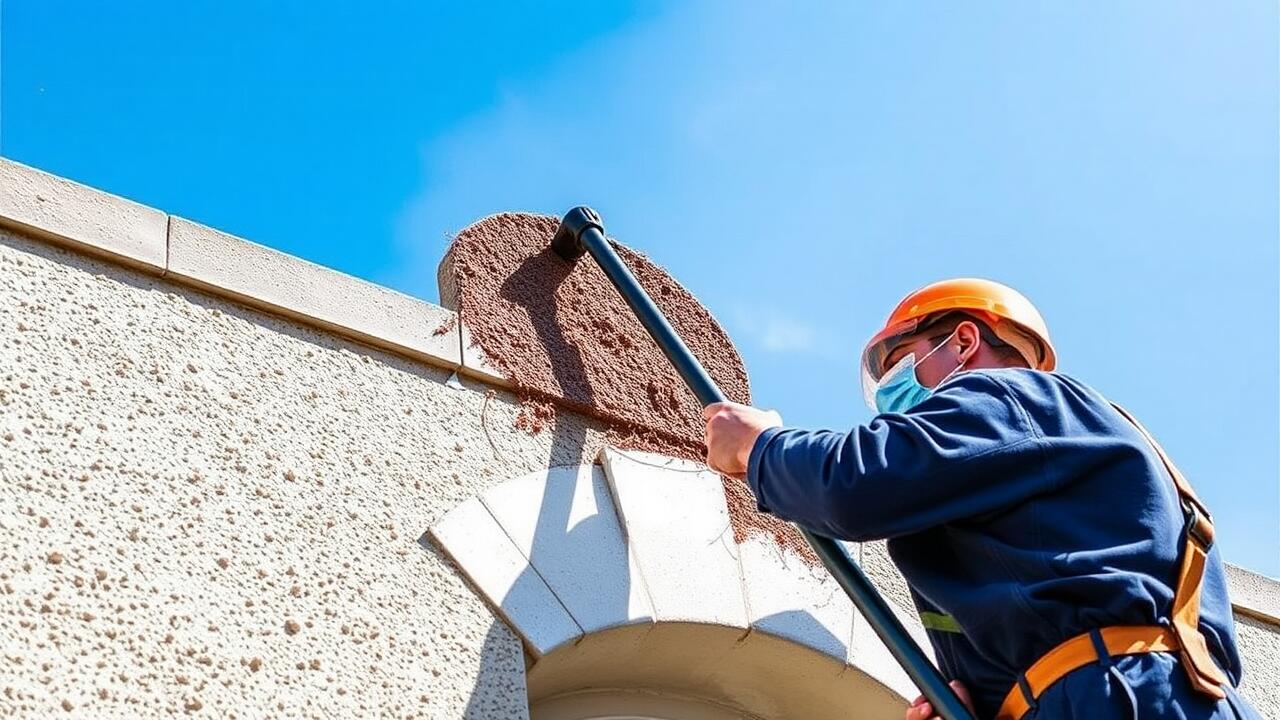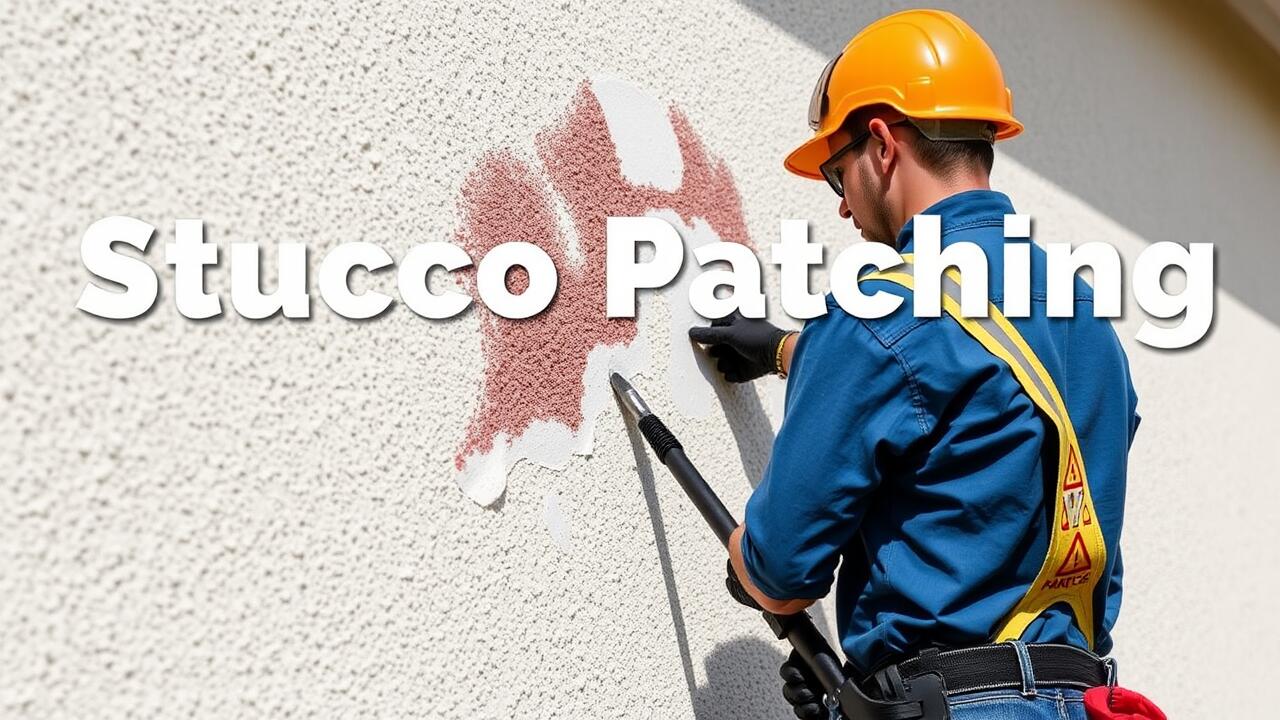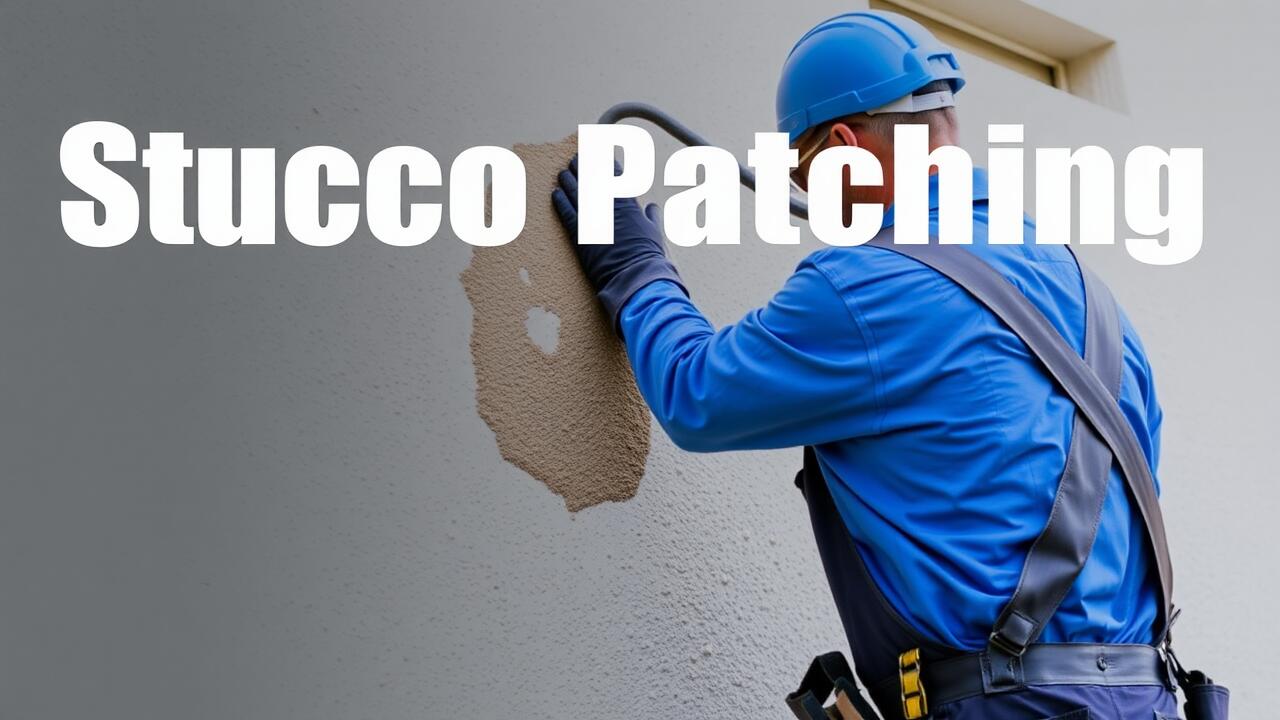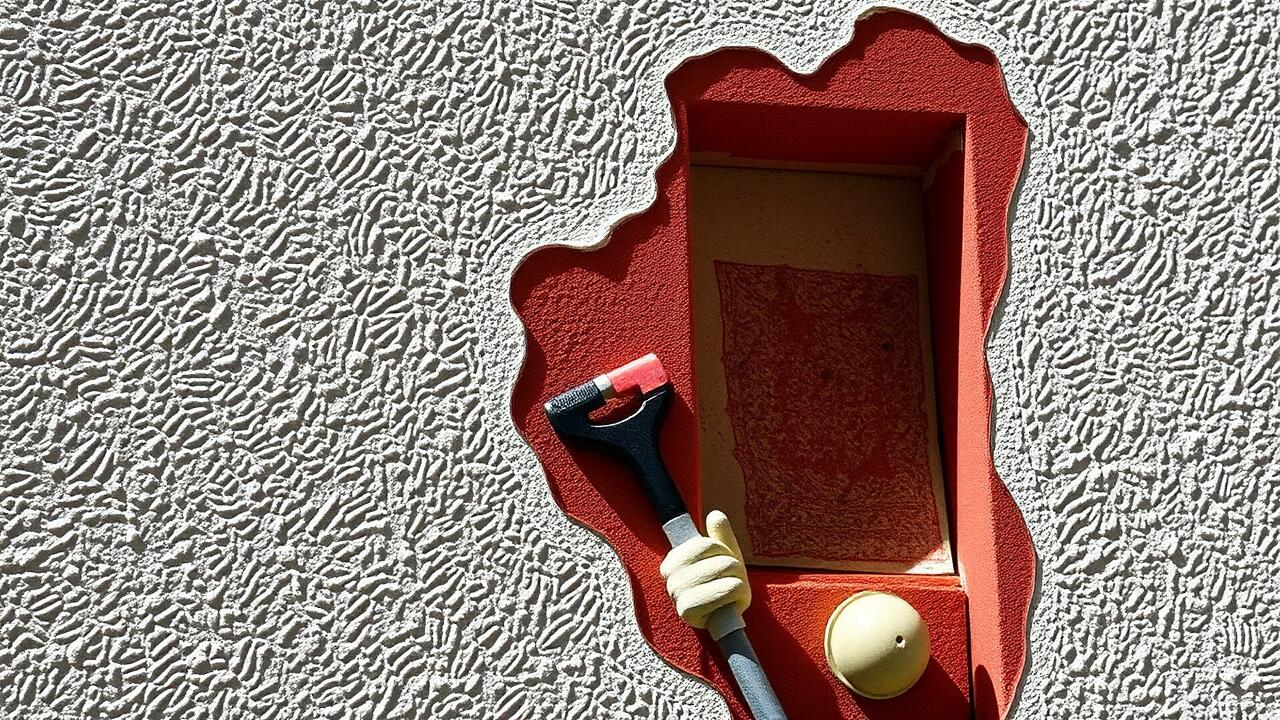
Preparation for Stucco Repair
Before starting the stucco repair process, proper preparation is essential for achieving a seamless finish. This includes evaluating the extent of the damage and determining the best approach for patching. If the area is larger than a few inches, it may require additional reinforcement. It’s also vital to gather all necessary tools and materials beforehand to ensure a smooth workflow. Homeowners in the area can benefit from local services like Stucco Patching in Boyle Heights, Los Angeles, which specialize in assessing and addressing common stucco issues.
Cleaning the damaged area is a crucial step in preparation. Dirt, debris, and loose material should be removed to create a sound surface for the new stucco mix. If the area is particularly moisture-damaged, allowing it to dry before proceeding will prevent further complications. Covering nearby surfaces with drop cloths or plastic sheets can protect them from dust and debris during the repair process. Taking these measures will enhance the overall quality of the repair and extend the longevity of the stucco finish.
Initial Steps Before the Repair Process
Before embarking on a stucco repair project, it is essential to assess the extent of the damage. Inspect the affected areas for cracks, holes, or signs of water intrusion. Documenting the condition will help in determining the appropriate repair methods. Clear away any loose or crumbling stucco and clean the surface with water, ensuring that debris and dust are removed. This initial preparation sets the foundation for a successful repair process.
Next, it is crucial to protect adjacent surfaces and landscaping. Cover windows, doors, and plants with tarps or plastic sheeting to prevent overspray and debris from causing additional damage. If working on a larger scale, consider contacting professionals specializing in stucco repairs, such as those offering services for Stucco Patching in Canoga Park, Los Angeles. Proper preparation minimizes mess and ensures a smoother and more effective repair experience.
Tools and Materials Required
Successful stucco repair hinges on having the right tools and materials. Essential items include a trowel, which aids in applying and smoothing the stucco. A hawk is also vital as it helps carry the mix for easy access during application. Additionally, having a putty knife can be beneficial for filling in smaller cracks and imperfections.
When you're preparing for stucco patching in Crenshaw, Los Angeles, it's important to choose high-quality stucco mix that matches the existing texture and color of the wall. Along with the mix, mesh tape will provide reinforcement for cracks or joints. A dust mask and safety goggles are necessary for protection during the repair process. Properly gathering these tools and materials will ensure a more efficient and effective stucco repair.
Essential Items for Effective Repair
To achieve effective stucco repairs, having the right tools and materials is crucial. A quality trowel facilitates smooth application of stucco, ensuring an even finish. Measuring tape helps assess the area needing repair, while a mixing container is vital for combining materials properly. Additionally, a putty knife is useful for scraping away loose stucco and preparing the surface for new material. These tools contribute to a streamlined process when undertaking projects like stucco patching in Los Angeles.
Materials must match the original stucco to achieve a seamless repair. Premixed stucco patch compounds are convenient and often preferred for smaller repairs. When working on larger areas, purchasing powder to mix with water may be necessary. Protective gear including gloves and safety glasses ensures safety during the repair process. These essential items not only enhance the quality of the work but also help maintain the integrity and appearance of the structure post-repair.
Post-Repair Drying and Curing Time
After completing stucco repair work, it is crucial to allow sufficient drying and curing time for optimal results. Generally, the drying duration can vary based on several factors, including weather conditions and the thickness of the applied material. In warmer climates, stucco may dry more quickly due to higher temperatures and lower humidity levels. Conversely, in colder or more humid environments, the drying process can take longer, potentially affecting the longevity and quality of the repair.
For projects such as Stucco Patching in Palms, Los Angeles, it is essential to consider local climate conditions when estimating drying time. Typically, it is advisable to allow at least 24 to 72 hours for the stucco to set adequately, but full curing may take several weeks. During this period, keeping the area free from excessive moisture and disturbances can significantly contribute to a successful repair that withstands the test of time.
Factors Affecting Drying Duration
Several factors can influence the drying duration following stucco repair. Ambient temperature plays a crucial role; warmer weather typically accelerates the drying process, while cooler temperatures may prolong it. Humidity levels also impact drying time, as higher humidity can slow the evaporation of moisture from the repaired area. Wind can aid in drying but may also lead to uneven results if it's too strong or erratic.
The thickness of the applied stucco is another essential factor. Thicker layers will naturally take longer to dry completely. The type of stucco material and additives used can also affect drying times. In urban areas, like Los Angeles, local environmental conditions might further complicate predictions for drying duration. Effective planning for stucco patching in Los Angeles should consider these variables to ensure optimal results.
FAQS
How long does a typical stucco repair take?
The duration of a typical stucco repair can vary, but it generally takes anywhere from a few hours to a couple of days, depending on the extent of the damage and the complexity of the repair.
What factors can influence the time required for stucco repair?
Factors that can influence the time required for stucco repair include the size of the area being repaired, the type of repair needed, weather conditions, and the drying time of the materials used.
Does the preparation phase affect the overall time for stucco repair?
Yes, the preparation phase is crucial as it can add time to the overall repair process. Proper preparation ensures the repair is effective and can take several hours, especially if significant damage needs to be addressed.
How long should I wait for the stucco to dry after repair?
After a stucco repair, it is typically recommended to allow at least 24 to 48 hours for the surface to dry. However, full curing can take much longer, depending on the weather conditions and thickness of the applied material.
Can I paint the repaired stucco immediately after it dries?
It’s best to wait at least a week after the stucco has dried before painting to ensure it has fully cured and to prevent issues with adhesion. Always follow the manufacturer's recommendations for the specific materials used.



